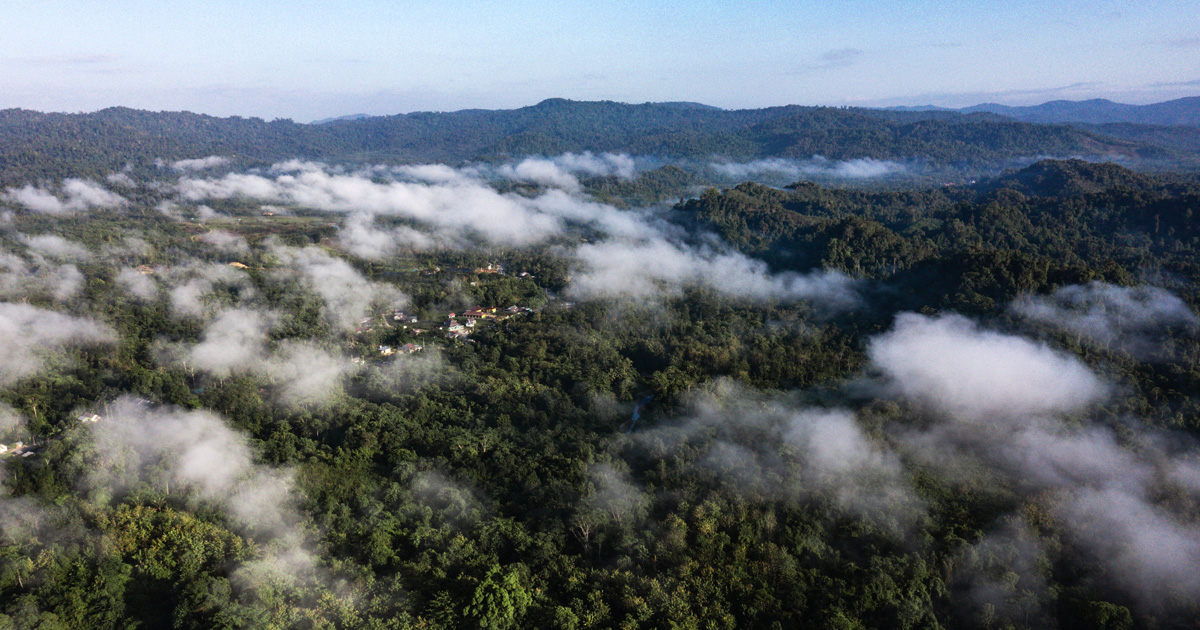Grafting scions of trees with desirable features is an important step for the domestication of indigenous forest fruit trees. Two experiments were carried out in the World Agroforestry (ICRAF) experimental nursery at Yaoundé (Cameroon) to assess the graft success of five forest fruit tree species identified as priority species for domestication in West and Central Africa namely Irvingia gabonensis, Garcinia kola, Cola nitida, Ricinodendron heudelotii and Monodora myristica. In experiment 1, various grafting methods (i.e. side tongue, top cleft, side veneer, and whip-and-tongue) were tested. In experiment 2, three Irvingia species rootstocks (i.e. I. grandifolia, I. gabonensis and I. wombolu) were tested for the grafting of scions of I. gabonensis. Experiment 1 shows that the grafting method significantly affected the percentage of graft success all the tested species except G. kola where all methods resulted in a very high percentage of graft success. The top cleft grafting method had the highest percentage of success, whatever the species. Experiment 2 shows that the type of rootstock significantly influenced the graft success of I. gabonensis scions, with I. wombolu rootstocks showing the highest percentage of graft success at 45.5 ± 7.75%. Our results can guide future propagation programs for these priority fruit tree species for domestication purposes.
DOI:
https://doi.org/10.1080/14728028.2021.1944328
Altmetric score:
Dimensions Citation Count:




















